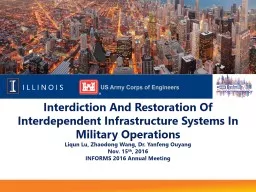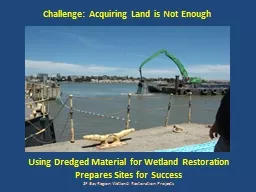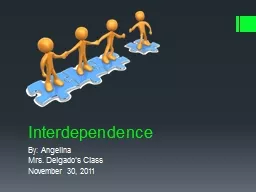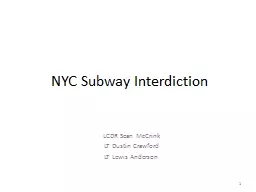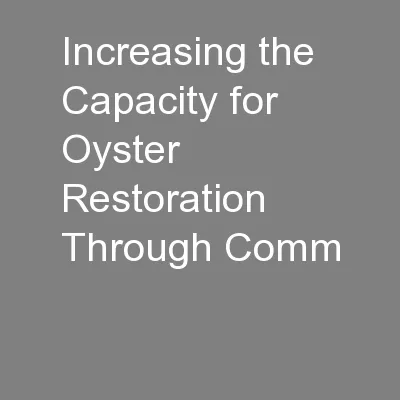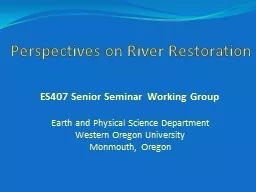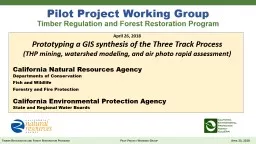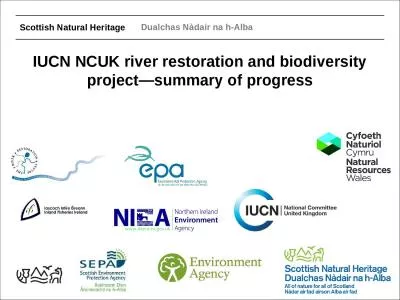PPT-Interdiction And Restoration Of Interdependent Infrastructu
Author : natalia-silvester | Published Date : 2017-12-17
i n Military Operations Liqun Lu Zhaodong Wang Dr Yanfeng Ouyang Nov 15 th 2016 INFORMS 2016 Annual Meeting I L L I N O I S Outline Background Methodology
Presentation Embed Code
Download Presentation
Download Presentation The PPT/PDF document "Interdiction And Restoration Of Interdep..." is the property of its rightful owner. Permission is granted to download and print the materials on this website for personal, non-commercial use only, and to display it on your personal computer provided you do not modify the materials and that you retain all copyright notices contained in the materials. By downloading content from our website, you accept the terms of this agreement.
Interdiction And Restoration Of Interdependent Infrastructu: Transcript
Download Rules Of Document
"Interdiction And Restoration Of Interdependent Infrastructu"The content belongs to its owner. You may download and print it for personal use, without modification, and keep all copyright notices. By downloading, you agree to these terms.
Related Documents

